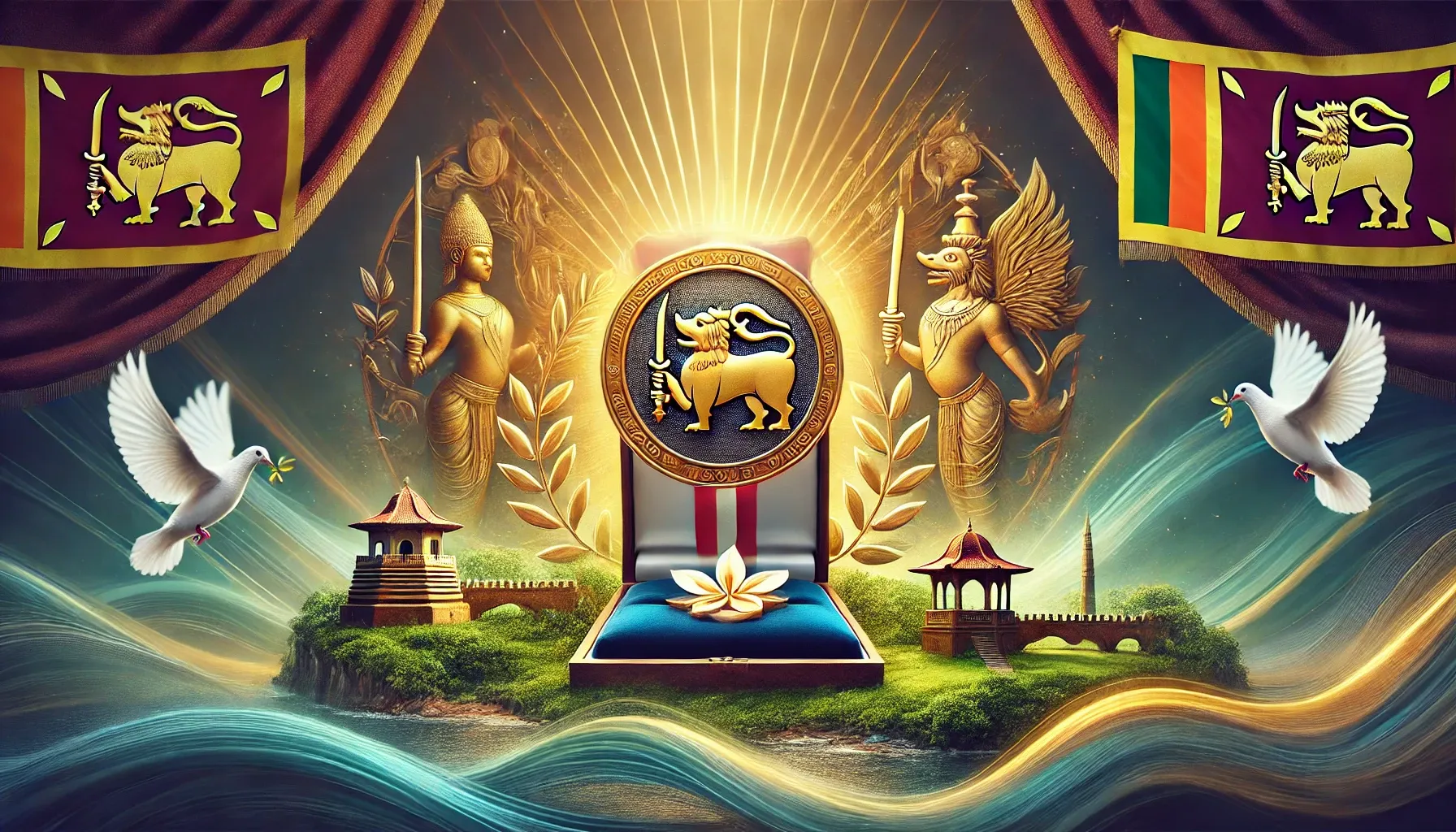UPSC
Indian Express Concise
Jaya Sri Maha Bodhi: India-Sri Lanka Cultural Link
Last Updated
6th April, 2025
Date Published
6th April, 2025
Share This Post With Someone

The Jaya Sri Maha Bodhi tree in Anuradhapura, Sri Lanka, symbolises the deep historical and spiritual connections between India and Sri Lanka, rooted in Buddhist heritage. This summary, based on an article from The Indian Express dated April 6, 2025, details its origin, significance, and Prime Minister Narendra Modi’s visit, offering insights into cultural diplomacy, religious history, and regional cooperation.
Key Points:
Historical Origin
- Planting Date: Planted in 236 BC in Anuradhapura’s Mahamewna Gardens, making it the oldest living human-planted tree with a recorded history.
- Source: Grown from a southern branch of the original Bodhi Tree in Bodh Gaya, India, under which Gautama Buddha attained enlightenment around 500 BC.
- Transplantation: Brought to Sri Lanka by Sanghamitta, Emperor Ashoka’s daughter, during King Devanampiya Tissa’s reign, marking the spread of Buddhism.
Role of Ashoka’s Children
- Mahinda’s Mission: Ashoka’s son Mahinda converted King Devanampiya Tissa to Buddhism in Anuradhapura, laying the foundation for the religion in Sri Lanka.
- Sanghamitta’s Contribution: Sanghamitta, a Buddhist nun, carried the Bodhi sapling to Sri Lanka after royal women sought to join the monastic order, establishing the Bhikkhuni Sangha (nuns’ order).
Physical and Cultural Significance
- Tree Features: A sacred fig (Ficus religiosa, or Pipal), it remains a living link to Buddha, supported by golden rods due to its age (over 2,300 years).
- Preservation: Protected by Buddhist monks, kings, and modern custodians with golden fences, statues, and walls, despite threats like storms and attacks.
- Spiritual Role: Revered as a site where Buddha meditated post-enlightenment, drawing pilgrims globally for worship and offerings.
Historical Challenges
- Original Tree’s Fate: The Bodhi Tree in Bodh Gaya was destroyed (possibly by Ashoka’s wife Tishyarakshita in some legends), with the current tree there a descendant of its germplasm.
- Threats in Sri Lanka: Survived natural disasters (storms in 1907, 1911), vandalism (1929), and a 1985 LTTE attack killing 146 people near the site.
Modi’s Visit in 2025
- Date and Event: On April 6, 2025, PM Modi visited the Jaya Sri Maha Bodhi during a state visit to Sri Lanka, hosted by President Anura Kumara Dissanayake.
- Statements: Modi called it a “living symbol of peace, enlightenment, and spiritual continuity,” dedicating his Sri Lanka Mitra Vibhushana award to India’s 1.4 billion people and Indo-Lankan friendship.
- Cultural Diplomacy: Visit underscored India’s Buddhist heritage and strengthened bilateral ties, following Modi’s BIMSTEC Summit attendance in Bangkok.
Broader Implications
- India-Sri Lanka Bond: Highlights centuries-old cultural and spiritual exchanges, reinforced by Ashoka’s missionary efforts and modern diplomatic engagements.
- Global Relevance: As a UNESCO World Heritage Site component, it symbolizes shared Buddhist legacy and India’s historical outreach in South Asia.
Key Terms:
- Jaya Sri Maha Bodhi: Sacred fig tree in Anuradhapura, Sri Lanka, planted in 236 BC from a Bodh Gaya cutting.
- Bodhi Tree: Original tree in Bodh Gaya, India, under which Buddha attained enlightenment.
- Sanghamitta: Ashoka’s daughter who brought the Bodhi sapling to Sri Lanka, founding the nuns’ order.
- Mahinda: Ashoka’s son who introduced Buddhism to Sri Lanka, converting King Devanampiya Tissa.
- Ashoka: Mauryan emperor who promoted Buddhism, sending his children to spread the faith.
- Devanampiya Tissa: Sri Lankan king who planted the Jaya Sri Maha Bodhi and embraced Buddhism.
- Ficus religiosa: Botanical name for the Pipal tree, sacred in Buddhism and Hinduism.
Link To The Original Article – https://indianexpress.com/article/explained/explained-culture/jaya-sri-maha-bodhi-anuradhapura-tree-history-9928450/

UPSC
Indian Express Concise